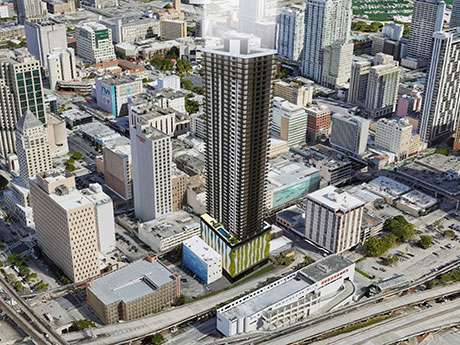
CRE, Multifamily Mortgage Delinquency Rates Fell In Q4
Delinquency rates for mortgages backed by commercial and multifamily properties declined during the fourth quarter of 2021, according to the new Mortgage Bankers Association’s latest CREF Loan Performance Survey.
“The share of outstanding balances that are delinquent fell for both lodging and retail properties, as property owners and lenders and servicers continue to work through troubled deals. The share of loan balances becoming newly delinquent was the lowest since the onset of the pandemic,” said Jamie Woodwell, MBA’s Vice President of Commercial Real Estate Research in the announcement of the results.
He noted it is encouraging that particularly there was improvement among property types that were the most impacted by the downturn.The improvements in the delinquency rates were small as 97.0% of outstanding loan balances for commercial and multifamily mortgages were current at the end of the fourth quarter, up from 96.7% at the end of the third quarter of 2021 while 1.9% were 90+ days delinquent or in REO, down from 2.2% three months earlier and 0.2% were 60-90 days delinquent, unchanged from three months earlier.
The sectors in the survey which have seen the biggest stress, lodging, and retail properties, saw improvements during the period along with commercial and multifamily mortgages, as a whole. MBA reported 10.5% of the balance of lodging loans were delinquent by the conclusion of December, down from 14.0% at the end of the third quarter of 2021 as the end of the fourth quarter saw 7.6% of the balance of retail loan balances were delinquent, down from 8.2% three months earlier. CMBS loan delinquency rates are higher than other capital sources because of the concentration of hotel and retail loans, but they saw improvement during the final three months of 2021 as well. Source: CRE Multifamily Mortgage Delinquency Rates Fell In Q4








